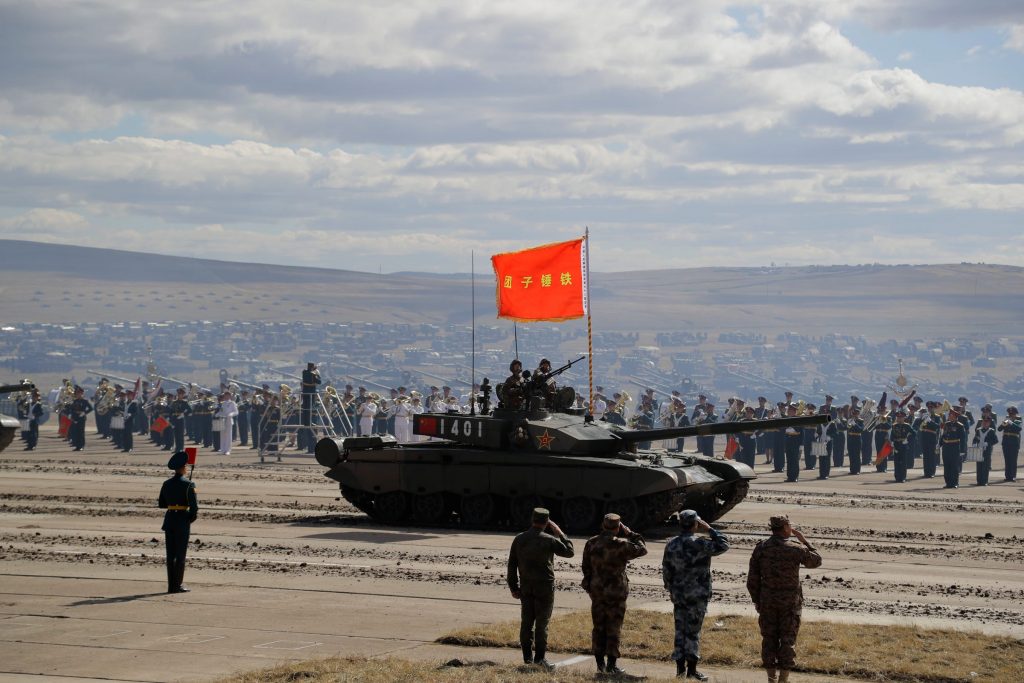
- China is accused of being a copycat manufacturer of cheap defence products at its mid- and small-sized private companies, giving the PLA more choices at lower costs.
- China’s latest and fully home-manufactured utility helicopter, the Z-20, made its long-expected first public appearance under the People’s Liberation Army (PLA) Tibet Military Command.
- Chinese self-produced unmanned helicopters were recently equipped to PLA’s Tibet Military Command troops at the border with India.
- China’s new-generation off-road assault vehicles with intelligent equipment have been commissioned to PLA’s border defense troops stationed in Southwestern Tibet.
- China has started building an unmanned intelligent research mothership expected to conduct marine surveys by coordinating with drones, unmanned ships or submersibles.
China has problems with all its neighbors in land, air, water and space. Even North Korea, is its closest ally has border problems with it. Some parts of North Korea have been annexed by China. Now Pakistan is the only country in the world designated as a Cross Border Terror supporting nation and in radar of Financial Action Task Force (FATF) which is fast becoming a vasal state of China. Its land, air, water, and even its women are used for China through forced marriages and trafficking. But Pakistan has not complained.
When it comes to the history of India-China border skirmishes, India had supported China during its initial stage with ‘Panchasheel’. But China neglected India’s friendly gestures and invaded India. Now during the reign of PM Narendra Modi, from Dokhlam to Ladakh, China has been challenged at land, air, water and soon space too. In the inhospitable area, China is doing everything to contain India but India is giving a firm reply.
China is the factory of the world, but is today infamous for being the spreader of COVID-19, for engaging in debt trap diplomacy, dumping cheap products, forcing drought in other countries, human rights abuses, unethical business practices, theft of intellectual property and R&D violations. India has stood strong to oppose the one-party Military-Communist domination on bilateral, regional and global levels. India wants peace but China seems to be driving enmity with all its might.
China is accused of being a copycat manufacturer of cheap defence products at its mid- and small-sized private companies. The know-how to develop and manufacture products that meet the special requirements for border defense are replicated from products manufactured by global companies. Through this practice, they are giving the PLA more choices at lower costs. Here is a list of a few of such products:
Plateau-operable Z-20 helicopter
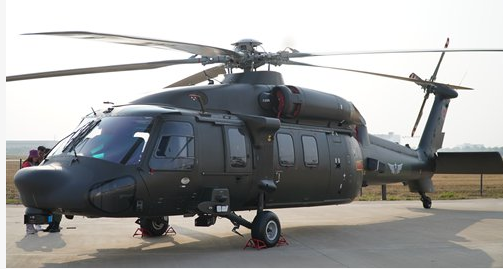
China’s latest and fully home-manufactured utility helicopter, the Z-20, made its long-expected first public appearance under the People’s Liberation Army (PLA) Tibet Military Command. The new chopper is likely to be commissioned in large numbers. Z-20 were urgently needed for missions like aerial transport, aerial assault and emergency response. It is said that Z-20 will become the most-delivered type of helicopter in China and remain in service for a long time.
The Exoskeleton Suits
These suits enable Chinese Army conduct tasks in harsh, high altitude environments. This kind of exoskeleton suit is particularly effective in missions such as supply delivery, patrol and sentry duty. Exoskeleton suit allows them to carry supplies that weigh about as much as an adult, while avoiding the risk of waist or leg injuries. The weight of the backpacks is transferred to the frames of the exoskeleton suits, instead of the soldiers’ legs. The equipment is likely a lightweight, non-powered exoskeleton suit. No. 208 Research Institute of China Ordnance Industries has delivered the first batch of exoskeleton suits to PLA border defense forces in November, and a contract for a second batch was awarded in December due to positive feedback from the troops.
Mobile assault vehicle-based howitzer
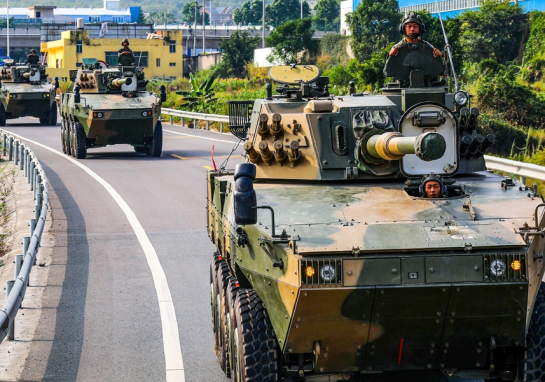
China has introduced a type of newly developed assault vehicle-based howitzer which is more mobile than truck-based howitzers and can operate in challenging, off-road terrains. It has been developed based on a six-wheeled Dongfeng Mengshi off-road assault vehicle. It has a 122-millimeter gun on its roof. It is designated PCL-171. The gun can be calibrated with only one push of a button, and it can also be semi-automatically reloaded. This can greatly reduce the number of operators needed and shorten the preparation time for firing. It can rapidly switch from driving mode to shooting mode.
Assault vehicles with Drone Assistance
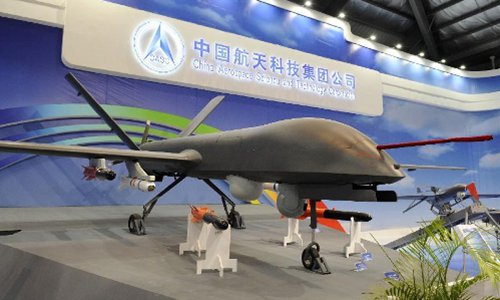
China’s new-generation off-road assault vehicles, intelligent equipment including Third-generation Dongfeng Mengshi vehicles have been commissioned to the PLA’s border defense troops stationed in Southwest China’s Tibet Autonomous. The assault vehicles have thicker armor and higher-powered engines that are suitable for border defense missions. They can be installed with heavy machine guns and rockets launchers, giving the troops greater firepower and high mobility.
Unmanned helicopters
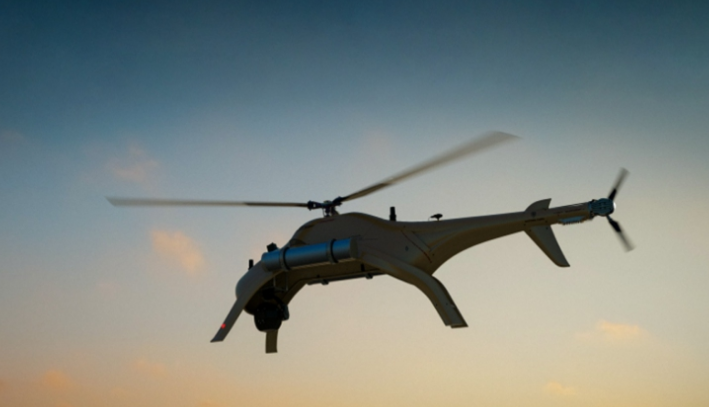
Chinese self-produced unmanned helicopters were recently equipped to PLA’s Tibet Military Command troops at the border with India. Two Unmanned helicopters designed for plateau region, Blowfish A2 and Ranger P2-X, part of the Ziyan UAV Universal Unmanned Helicopter series, are some of the purchased equipment. These two aircraft can perform strategic support, material transport, logistics support, and plateau intelligence reconnaissance and tactical strike missions, P2-X is Ziyan’s latest frontier land and maritime defense reconnaissance model. It has the advantages of great maneuverability, strong wind resistance, modular design, two-minute fast disassembly and easy deployment. It can carry out long-endurance reconnaissance over the target in quiet state, and is suitable for extreme flight in small areas such as mountain areas.
During a test of its training mission, Parus, the small reconnaissance unmanned helicopter from Ziyan, successfully took off from an altitude of 4,000 meters and flew to an altitude of 7,000 meters. Unmanned helicopters have frequently joined highland operations in recent years. As a small portable piece of equipment, Ziyan UAS is more suitable for the plateau geographical environment, and it is the only product with a self-developed and self-adaptive speed control algorithm system that was only featured in US-based Boeing’s product. It can maintain the most effective speed and efficiency in flight to expand its maximum endurance and flight range, according to the company.
The Chinese Army has drilling wells to draw water from permafrost in alpine areas at altitudes of more than 4,000 meters, allowing border troops to drink fresh water. They have explored innovative thermal insulation measures, overcome difficulties in finding water, unstable water volume, and easy freezing of wells in the plateau and alpine regions, and completed the construction of three wells at an altitude of 5,000 meters and 10 wells at an altitude of 4,000 meters along the border frontiers. In addition, the PLA adopted technology involving the installation of electric heat tracing devices in pipe wells and special submersible pumps with air sparging to effectively prevent freezing of pipe wells and external water pipes.
Now China has started building an unmanned intelligent research mothership expected to conduct marine surveys by coordinating with drones, unmanned ships or submersibles. The ship is expected to be delivered in 2022. The ship will be based on the Intelligent Mobile Ocean Stereo Observing System (IMOSOS) which the Southern Marine Science and Engineering Guangdong Laboratory started to develop in 2019. The IMOSOS can serve as a tool for marine disaster prevention and mitigation, submarine fine mapping, marine environment monitoring, and offshore wind farm maintenance.
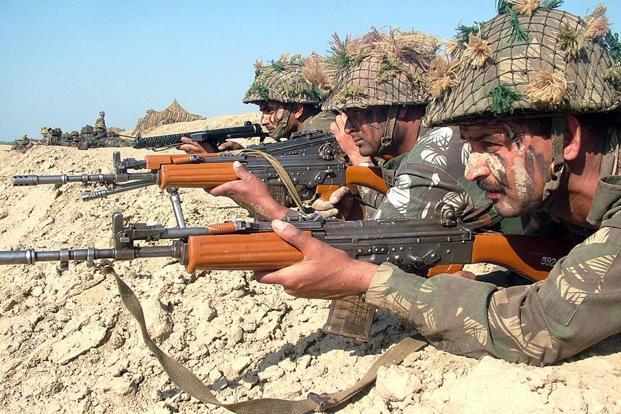
At last, one can say that India needs peace and tranquility at its border. India does not want to dominate or fight with other nations. This is not weakness. If India responds militarily, it could lead to uncontrollable situation. China instead of buying time by having 20 rounds of talks on border, should withdraw its troops and have a peaceful dialogue. Instead, China is engaging in a massive build up of its army and playing the Pakistan card. Four of India’s most-wanted insurgent Leaders were in the southern Chinese city of Kunming to train and source weapons as recently as mid-October. Armed groups in Myanmar including the United Wa State Army (UWSA) and the Arakan Army, which was designated a terrorist organization this year are acting as Beijing’s proxies by supplying weapons and providing hideouts to insurgent groups in India’s northeastern states.
These incidents will not build trust and peace at border instead will create confusion and mistrust. So, China should end border deadlock. If it thinks its modernization of few weapons, drones, vehicles, troop build-up and propaganda can crate fear, it is its folly. India has all the capability to fight and as Defence minister Rajnath Singh recently warned China to respect the Line of Actual Control (LAC) and not make attempts to unilaterally change the status quo. He also called China to work with India and for complete disengagement from all friction areas in eastern Ladakh.
Reports from China show that, another flare-up between the PLA and the Communist party can lead to the collapse of the dictatorship. As its own people are suffering from the one-party rule, it is for China to think and cooperate instead of creating more enemies. Panchasheel has gone but India is not the same player it was in 1962.
M.AM.PhiL/(PhD SNU South Korea)
